Zhengping Zhou
Mini-Giants: "Small" Language Models and Open Source Win-Win
Jul 17, 2023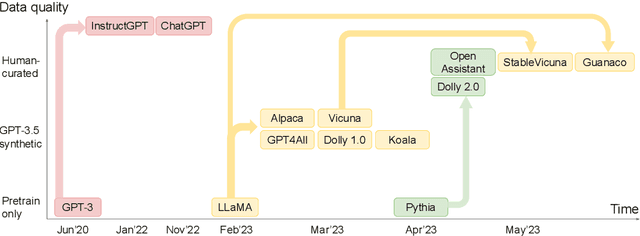
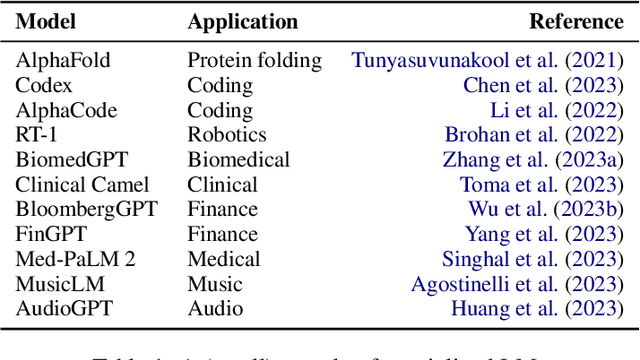
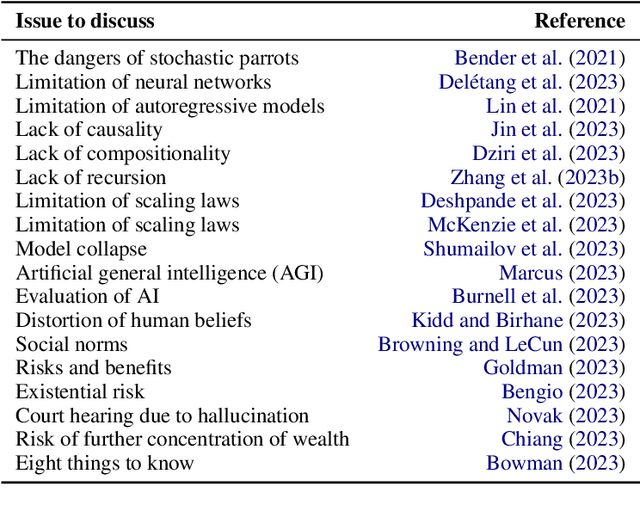

Abstract:ChatGPT is phenomenal. However, it is prohibitively expensive to train and refine such giant models. Fortunately, small language models are flourishing and becoming more and more competent. We call them "mini-giants". We argue that open source community like Kaggle and mini-giants will win-win in many ways, technically, ethically and socially. In this article, we present a brief yet rich background, discuss how to attain small language models, present a comparative study of small language models and a brief discussion of evaluation methods, discuss the application scenarios where small language models are most needed in the real world, and conclude with discussion and outlook.
Inverse Scaling: When Bigger Isn't Better
Jun 15, 2023



Abstract:Work on scaling laws has found that large language models (LMs) show predictable improvements to overall loss with increased scale (model size, training data, and compute). Here, we present evidence for the claim that LMs may show inverse scaling, or worse task performance with increased scale, e.g., due to flaws in the training objective and data. We present empirical evidence of inverse scaling on 11 datasets collected by running a public contest, the Inverse Scaling Prize, with a substantial prize pool. Through analysis of the datasets, along with other examples found in the literature, we identify four potential causes of inverse scaling: (i) preference to repeat memorized sequences over following in-context instructions, (ii) imitation of undesirable patterns in the training data, (iii) tasks containing an easy distractor task which LMs could focus on, rather than the harder real task, and (iv) correct but misleading few-shot demonstrations of the task. We release the winning datasets at https://inversescaling.com/data to allow for further investigation of inverse scaling. Our tasks have helped drive the discovery of U-shaped and inverted-U scaling trends, where an initial trend reverses, suggesting that scaling trends are less reliable at predicting the behavior of larger-scale models than previously understood. Overall, our results suggest that there are tasks for which increased model scale alone may not lead to progress, and that more careful thought needs to go into the data and objectives for training language models.
Beyond Positive Scaling: How Negation Impacts Scaling Trends of Language Models
May 27, 2023



Abstract:Language models have been shown to exhibit positive scaling, where performance improves as models are scaled up in terms of size, compute, or data. In this work, we introduce NeQA, a dataset consisting of questions with negation in which language models do not exhibit straightforward positive scaling. We show that this task can exhibit inverse scaling, U-shaped scaling, or positive scaling, and the three scaling trends shift in this order as we use more powerful prompting methods or model families. We hypothesize that solving NeQA depends on two subtasks: question answering (task 1) and negation understanding (task 2). We find that task 1 has linear scaling, while task 2 has sigmoid-shaped scaling with an emergent transition point, and composing these two scaling trends yields the final scaling trend of NeQA. Our work reveals and provides a way to analyze the complex scaling trends of language models.
Adapting Pre-trained Vision Transformers from 2D to 3D through Weight Inflation Improves Medical Image Segmentation
Feb 08, 2023Abstract:Given the prevalence of 3D medical imaging technologies such as MRI and CT that are widely used in diagnosing and treating diverse diseases, 3D segmentation is one of the fundamental tasks of medical image analysis. Recently, Transformer-based models have started to achieve state-of-the-art performances across many vision tasks, through pre-training on large-scale natural image benchmark datasets. While works on medical image analysis have also begun to explore Transformer-based models, there is currently no optimal strategy to effectively leverage pre-trained Transformers, primarily due to the difference in dimensionality between 2D natural images and 3D medical images. Existing solutions either split 3D images into 2D slices and predict each slice independently, thereby losing crucial depth-wise information, or modify the Transformer architecture to support 3D inputs without leveraging pre-trained weights. In this work, we use a simple yet effective weight inflation strategy to adapt pre-trained Transformers from 2D to 3D, retaining the benefit of both transfer learning and depth information. We further investigate the effectiveness of transfer from different pre-training sources and objectives. Our approach achieves state-of-the-art performances across a broad range of 3D medical image datasets, and can become a standard strategy easily utilized by all work on Transformer-based models for 3D medical images, to maximize performance.
Physically Plausible Animation of Human Upper Body from a Single Image
Dec 09, 2022



Abstract:We present a new method for generating controllable, dynamically responsive, and photorealistic human animations. Given an image of a person, our system allows the user to generate Physically plausible Upper Body Animation (PUBA) using interaction in the image space, such as dragging their hand to various locations. We formulate a reinforcement learning problem to train a dynamic model that predicts the person's next 2D state (i.e., keypoints on the image) conditioned on a 3D action (i.e., joint torque), and a policy that outputs optimal actions to control the person to achieve desired goals. The dynamic model leverages the expressiveness of 3D simulation and the visual realism of 2D videos. PUBA generates 2D keypoint sequences that achieve task goals while being responsive to forceful perturbation. The sequences of keypoints are then translated by a pose-to-image generator to produce the final photorealistic video.
What and Where: A Context-based Recommendation System for Object Insertion
Nov 24, 2018
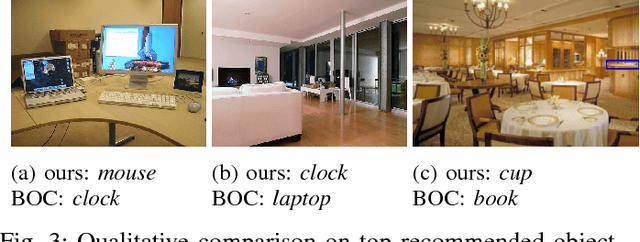
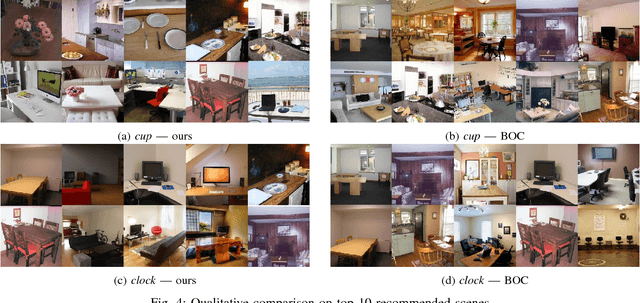
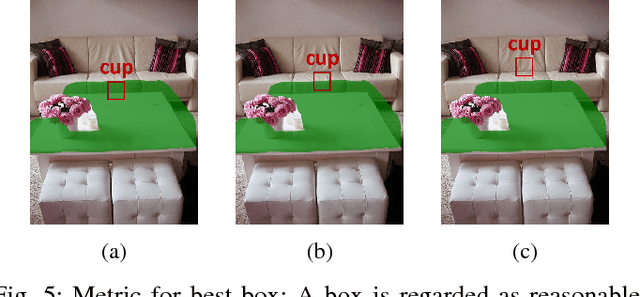
Abstract:In this work, we propose a novel topic consisting of two dual tasks: 1) given a scene, recommend objects to insert, 2) given an object category, retrieve suitable background scenes. A bounding box for the inserted object is predicted in both tasks, which helps downstream applications such as semi-automated advertising and video composition. The major challenge lies in the fact that the target object is neither present nor localized at test time, whereas available datasets only provide scenes with existing objects. To tackle this problem, we build an unsupervised algorithm based on object-level contexts, which explicitly models the joint probability distribution of object categories and bounding boxes with a Gaussian mixture model. Experiments on our newly annotated test set demonstrate that our system outperforms existing baselines on all subtasks, and do so under a unified framework. Our contribution promises future extensions and applications.
 Add to Chrome
Add to Chrome Add to Firefox
Add to Firefox Add to Edge
Add to Edge